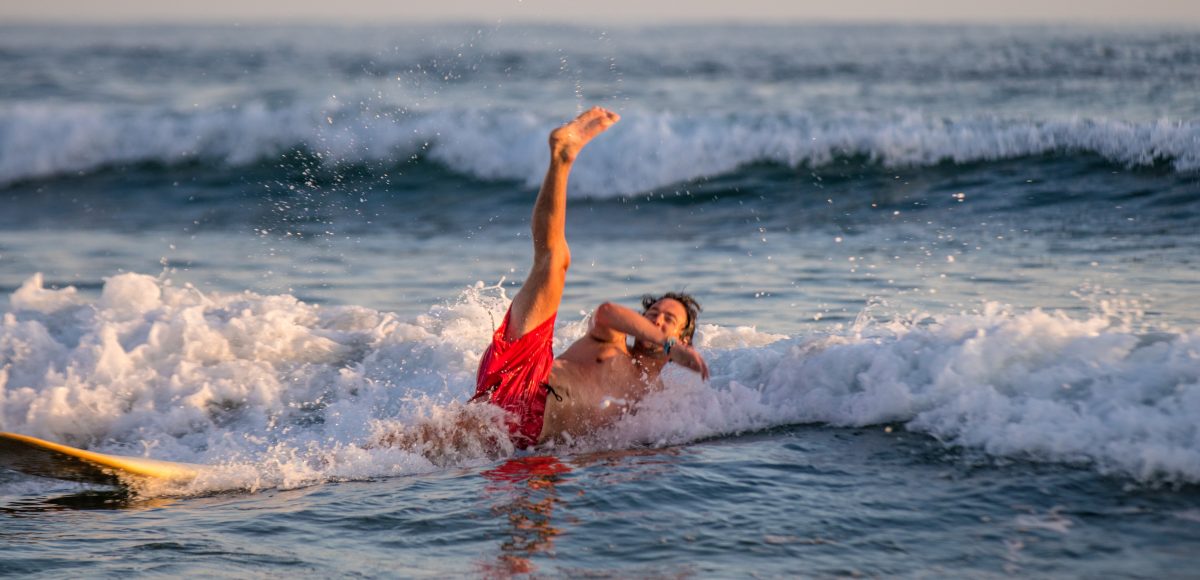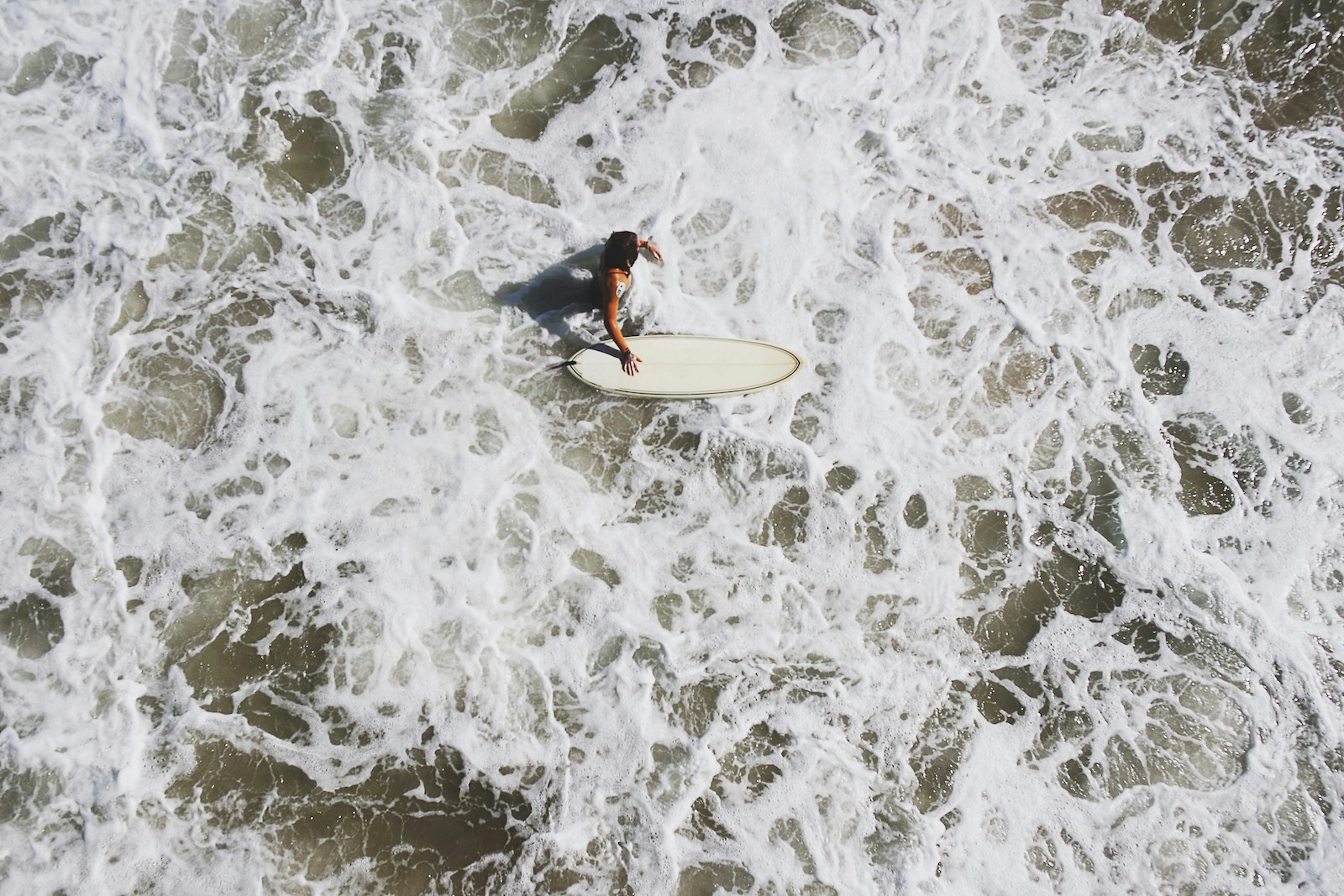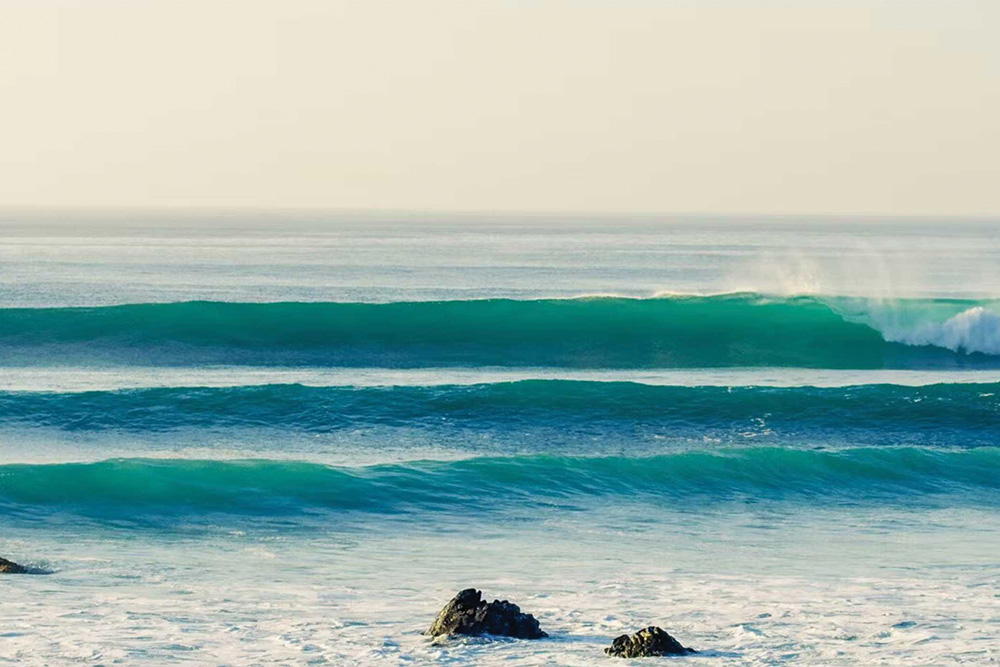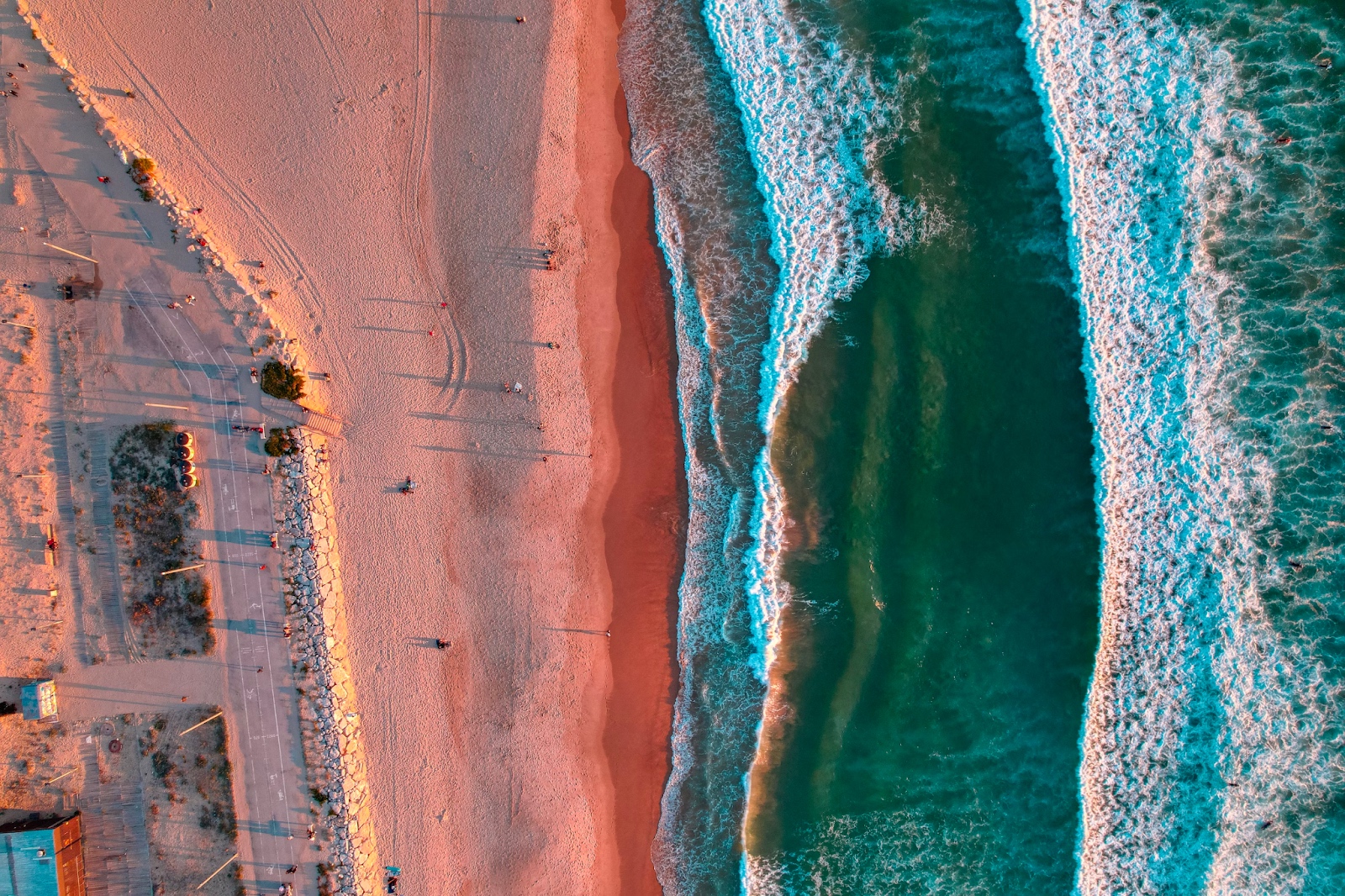Despite how easy the locals are making it look at your hometown spot, surfing is arguably one of the most challenging boardsports to pick up. Unfortunately for those expert snowboarders or skateboarders, there isn’t ton of crossover when it comes to learning how to surf. One of the most important considerations for those that are new to the sport is gear selection. After a couple of times renting that softtop, choosing your first legitimate board can often be a struggle or downright confusing. One of the first things all newcomers must do to solve this riddle is decide on the length of their new board.

Progression in surfing is highly dependent on reps. Put another way, the more waves one tries to paddle into and eventually catches the faster they will become accustomed to the nuances of the sport. After an extended period of time consistently getting in the water, individuals will begin to develop a feel for where to best position themselves as a wave approaches. Additionally, beginners need to practice jumping up on their board in order to work on their timing and balance once upright.

In order to get more rides, beginners should look for longer boards vs. shorter boards. Although it may be less sexy than the smaller boards the pros carve on, longer boards will help a new surfer get more rides – simple as that. This is due to the fact that longer boards are heavier and more stable. As a result, longer boards require less paddling which is important for those who don’t have their arms under them out of the gate. Boards in the 8-foot to 9-foot range are ideal for a beginner, though one has the option of going with a slightly shorter hybrid board in the 7-foot-5 to 8-foot range.

Other considerations are a board’s width and thickness. For beginners, the general rule of thumb is the more stability the better. This will allow a beginner to gain a feel for how to adequately balance on a board while out on the water, as well as when they standup on the board once they start to catch waves. As balance is more a feel thing than anything else, a more stable board will allow a newcomer to get comfortable faster. Beginners should seek out a board that is 21 – 22 inches wide and roughly 3 inches thick. These characteristics will help to address these concerns.
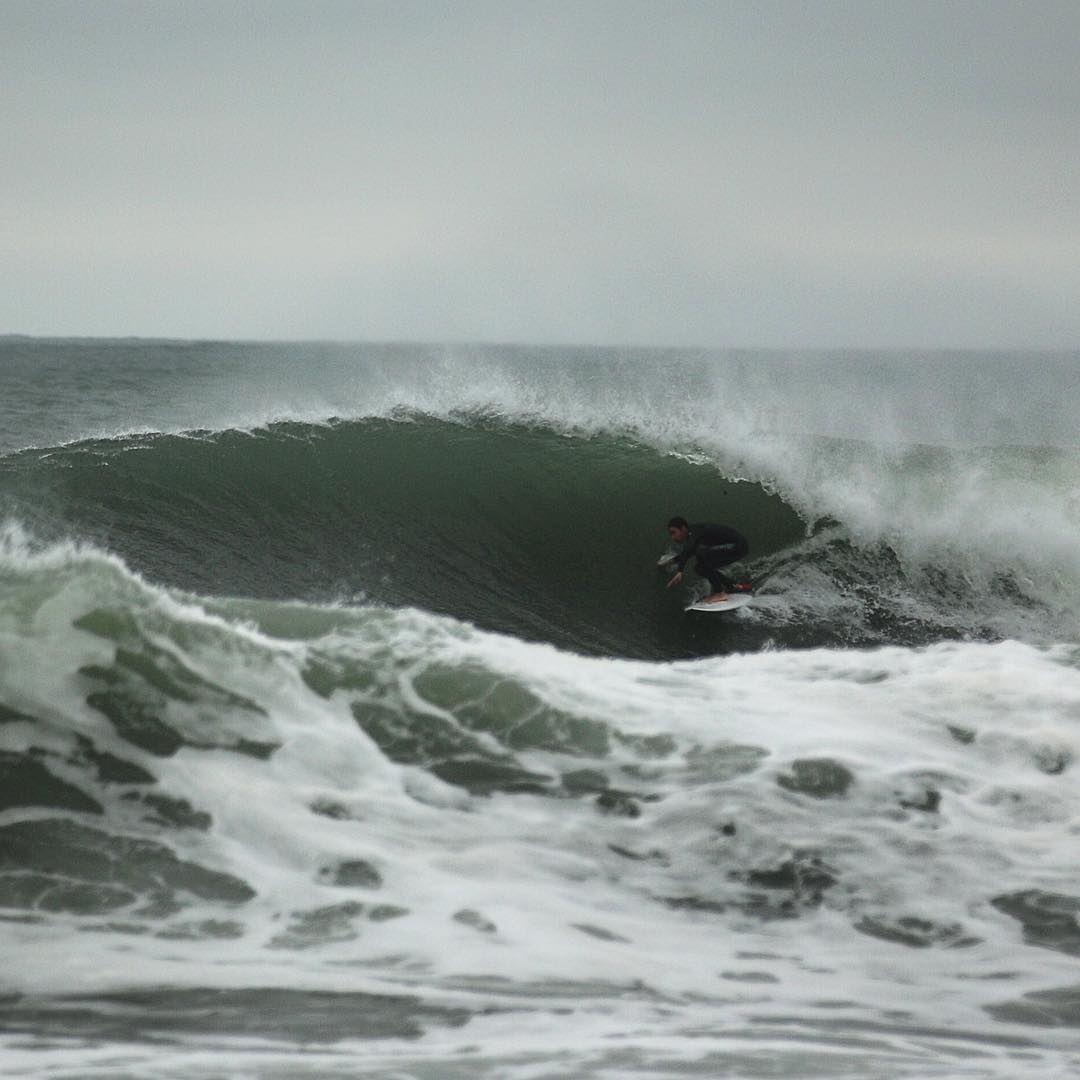
Shorter boards are typically for more experienced surfers. There are a couple of reasons for this, including the fact that a shorter board requires significantly more paddling and are harder to balance on while waiting out in the lineup. Furthermore, one has to position themselves differently in a wave compared to when they are on a longboard. Those riding a shortboard will paddle into a wave later and also at an angle.
Although starting out with the right size surfboard is an important consideration as one embarks on their surfing journey, at the end of the day progression in the water will be driven by patience and consistency. Combine all of these elements and in time beginners will make the transition into an experienced rider.
Cover image by Jared Zissu.

